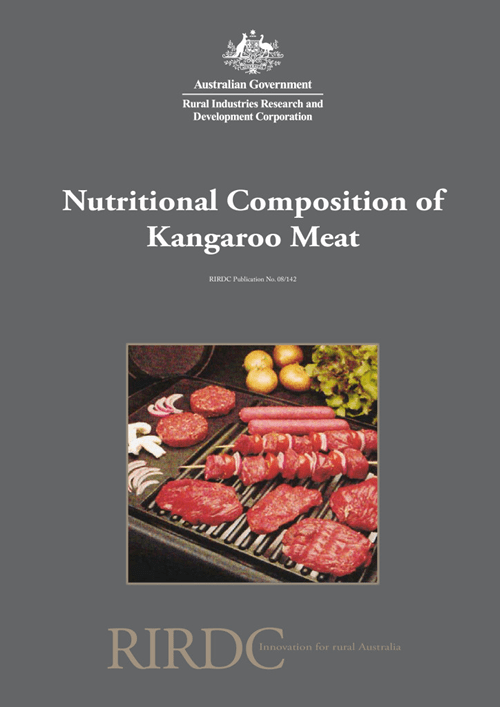Evaluation of captive-bolt devices for the stunning of kangaroo young
The best practice for commercial harvesting of kangaroos is outlined in the 2020 National Code of Practice for the Humane Shooting of Kangaroos and Wallabies...
 KANGAROO
KANGAROO 
40 pages
Published: 24 Nov 2008
Author(s): Beilken, Shane, Tume, Ron
Download report PDF
DownloadPurchase a hard copy - AUD $45.00
This research examined commercially representative samples of meat from the red kangaroo (Macropus rufus) and the grey kangaroo (Macropus giganteus) species collected from two geographical locations – Wertaloona Station, South Australia and Blackall, Queensland.
These samples were analysed using standard procedures, and the industry was provided with information regarding specific lipid nutrients in their products. In addition to fat content, information was sought on cholesterol contents, fatty acid profiles, omega-3 and CLA contents.
This data can be used by people when they are preparing information for Nutritional Information Panels on Product labels and by wholesalers and retailers of kangaroo meat.